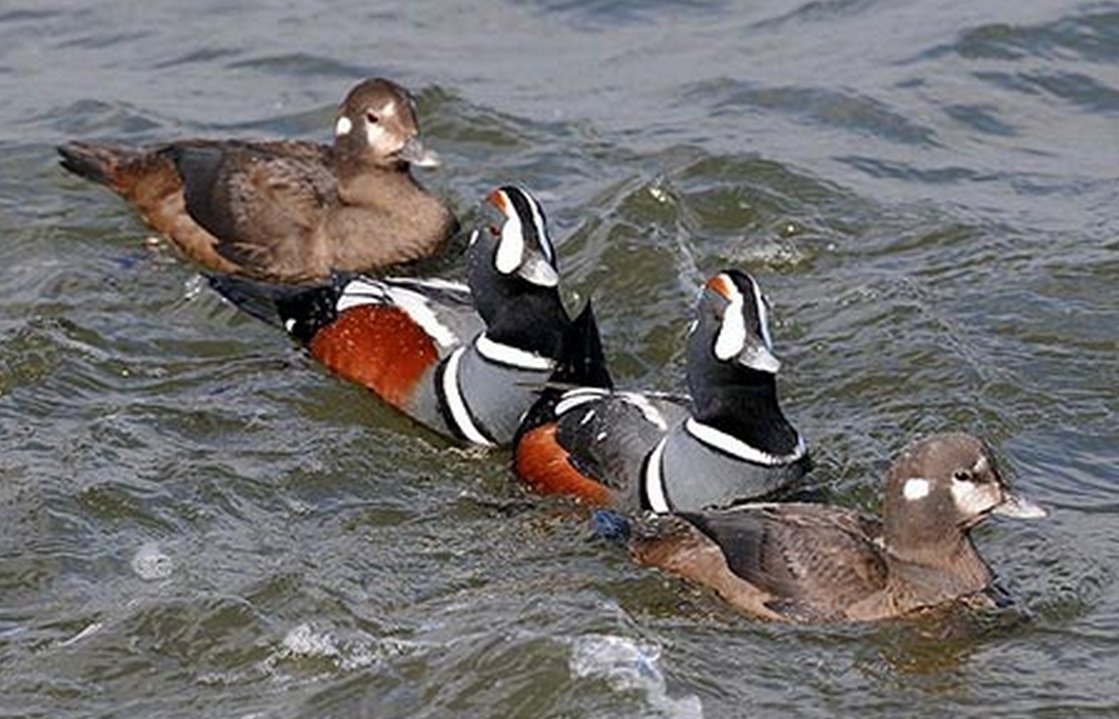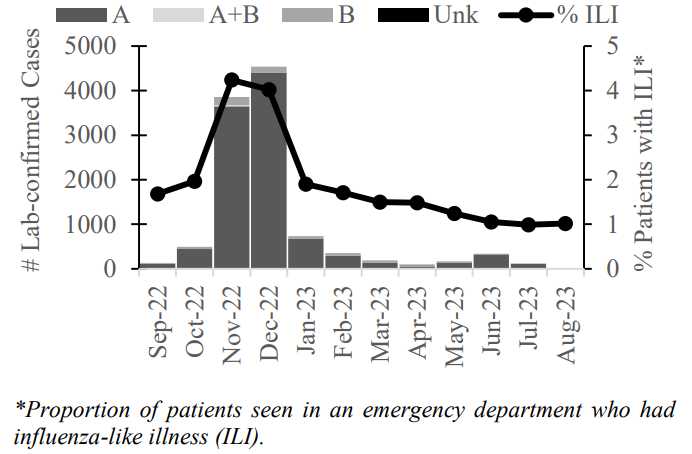
The Alaska Department of Fish and Game, working collaboratively with the US Fish and Wildlife Service and the Office of the State Veterinarian, has confirmed the detection of the Highly Pathogenic Avian Influenza (HPAI) virus H5N1 strain in a red fox and eagles from Unalaska.
In the past month, HPAI has been detected in red foxes in Michigan, Minnesota, Wisconsin and Ontario in areas where the virus was also detected in wild birds. Therefore, it was not unexpected when HPAI was detected in a red fox from Unalaska where the virus was also detected in bald eagles. Most likely foxes become infected from feeding on deceased birds. No cases of the H5N1 avian influenza strain have been identified in any other domestic or wild mammals but dogs and cats may be susceptible to it. Pet owners should prevent their pets from contact with dead wildlife, including birds.
Dr. Kimberlee Beckmen, Wildlife Health Veterinarian with the Alaska Department of Fish and Game emphasized that people and their pets should avoid approaching any wild animal that appears sick or injured; examples may include neurological signs such as pacing or walking in circles, unbalanced posture or displaying head and body tremors. These signs in foxes in Alaska are more likely to be caused by rabies or canine distemper which is even more dangerous. If you or a domestic animal has contact with an animal showing neurological signs, consult your local health care provider (or your veterinarian for your pet).
“We know that certain species of wild birds, such as waterfowl and some of our raptor species such as eagles are most likely to be affected by this HPAI virus,” Beckmen said. “We ask the public to consult the website https://fws.gov/avian-influenza or call the Alaska sick and dead bird hot line 1-866-527-9958 for sharing reports of sick or dead birds.” If you see a sick or dead fox, please report that to your local ADFG office or email dfg.dwc.vet@alaska.gov.
Avian influenza is caused by a virus that is common in wild birds, especially waterfowl and shorebirds. There are many different strains of avian influenza, and waterfowl often carry avian influenza viruses naturally without causing disease. There have been rare strains, including the current H5N1 strain, that can cause disease in some wild birds and other animals. Whether a strain is classified as low or highly pathogenic depends on how lethal it is to domestic poultry.
For updated information on detections of HPAI in Alaska, see the State Veterinarian’s website: dec.alaska.gov/eh/vet/
###[content id=”79272″]






